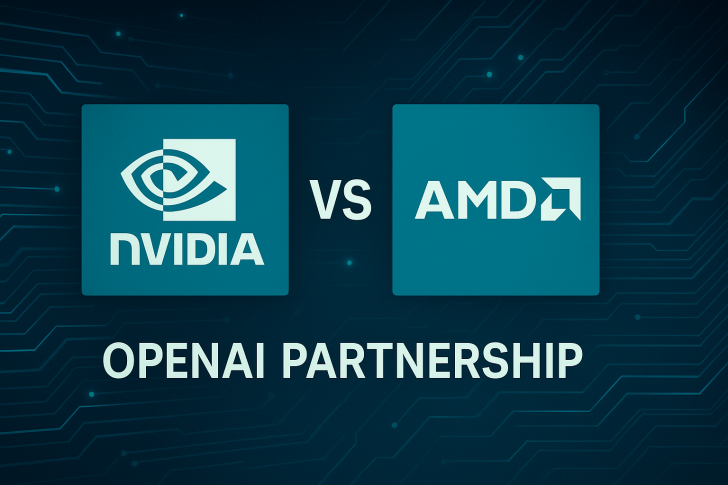For years, Nvidia has held an iron grip on AI computing. But the ground may be starting to shift. OpenAI President Greg Brockman recently revealed that his company has been quietly investing in AMD's ROCm software platform. With AMD's next-gen MI450 GPUs expected to go toe-to-toe with Nvidia's CUDA by 2026, we might be witnessing the early stages of a real competitive battle in AI hardware.
OpenAI's Strategic Move Toward AMD
According to trader Mike Long, who shared Brockman's insights, OpenAI has been running ROCm 7 in production for a while now, and the results have been solid.
Brockman went further, suggesting that ROCm 8 - when paired with the upcoming MI450 accelerators - could finally match Nvidia's CUDA in real-world performance. That's a big deal. It shows OpenAI isn't just experimenting; they're actively building out an alternative to reduce their reliance on a single vendor. If successful, this could encourage other AI labs and cloud providers to take AMD seriously.
The CUDA Advantage and ROCm's Uphill Battle
Nvidia's CUDA has been the gold standard for years, offering developers a mature, well-optimized toolkit for machine learning. ROCm has always been the underdog - promising in theory but falling short in both performance and ecosystem support. But that gap seems to be closing. With OpenAI throwing its weight behind AMD, ROCm is getting the credibility and real-world testing it needs. If version 8 lives up to expectations, AMD could finally offer a legitimate alternative, and Nvidia's dominance would no longer be a given.
MI450: AMD's Secret Weapon
Brockman hinted at something intriguing - a patented design baked into AMD's MI450 chips that could give them a unique edge. The details are still under wraps, but if this "secret weapon" delivers on efficiency or scalability, it could be the differentiator AMD needs to compete in large-scale AI training, where Nvidia has historically excelled.
What This Means for the Industry
If AMD can deliver, the ripple effects will be significant. Competition should drive down GPU costs, making AI development more accessible. Hyperscalers like AWS, Google Cloud, and Microsoft Azure could diversify their chip suppliers, reducing bottlenecks and dependency risks. And for developers, having a true choice between hardware platforms without sacrificing performance would be a game-changer. The entire AI supply chain stands to benefit from a more competitive market.
 Saad Ullah
Saad Ullah

 Saad Ullah
Saad Ullah


